The Silver Line is coming soon, so Metro and original Metrorail map designer Lance Wyman are updating the current map. Based on extensive customer feedback from the last map revision, we made some general improvements such as making street abbreviations consistent and improving the geographic accuracy of the stations where possible. Cross streets will remain on the large version of the maps in stations and on trains, where it is most useful for customers as they are traveling on Metro. But in the interest of readability and streamlining, we will keep cross streets off smaller versions of the map often found online and in printed materials.
The first draft of the map (Map 1) also featured 14 percent thinner lines to help readability, now that the Silver Line will travel through DC, and a new station icon with lines that extended across all three rail colors. This version also included the new Silver Line station names for Phase 1.
When we asked for feedback on the draft earlier this year, here’s what you told us: try even thinner lines, explore other station dot options, and “Center” and “Heights” should not be abbreviated.
So here are two new maps for your review. In both maps, “Center” and “Heights” are no longer abbreviated. Map 1 below is an update of the previous draft, with slightly longer “whiskers”. Map 2 incorporates some additional changes:
- 24 percent thinner lines, and
- the use of a capsule-shaped station icon.
Please compare the two maps, visible below, and let us know which one you prefer.
To compare the maps, slide the vertical bar across the image to show the differences between Map 1 and Map 2. Further below you will find a zoom-in of both maps, also with the vertical slider bar for easy comparison.
All comments welcome! Please comment below or on our MindMixer site. Also, check out Greater Greater Washington’s coverage of the updated map. Thank you for your input.
Read more…

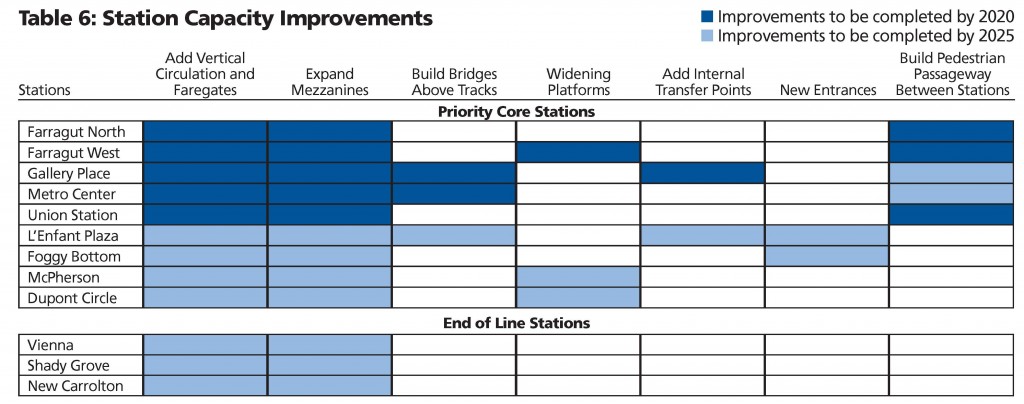
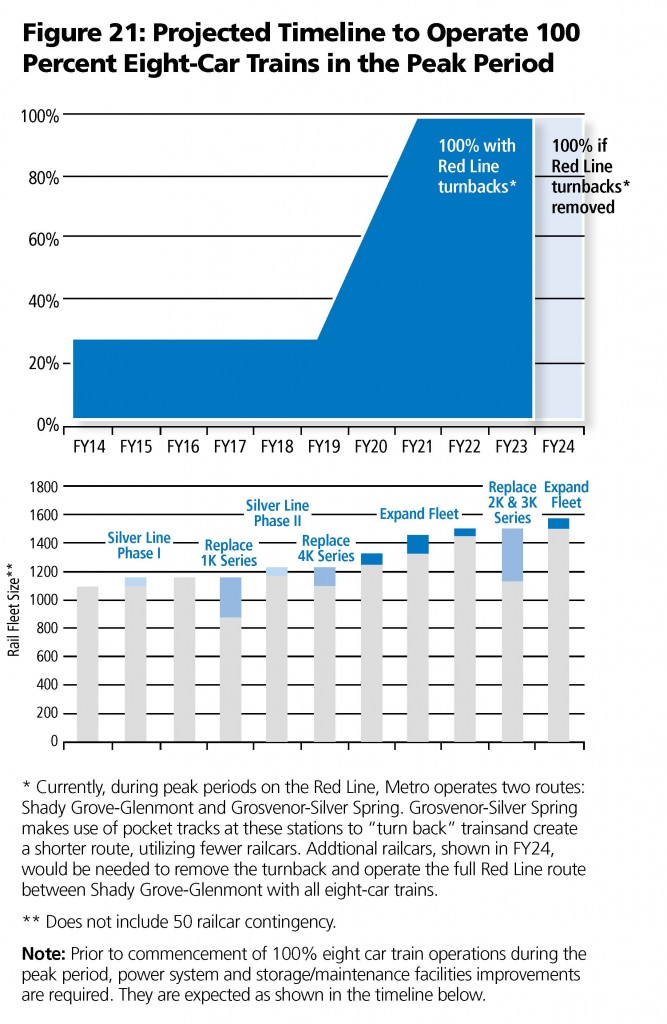
 PlanItMetro saw great interest in our last
PlanItMetro saw great interest in our last 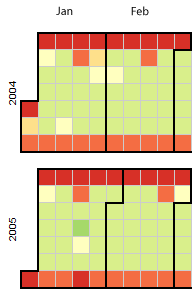

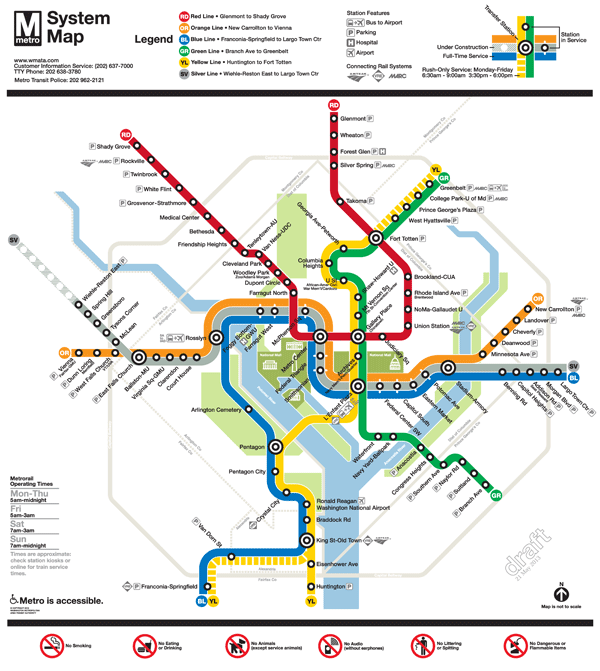
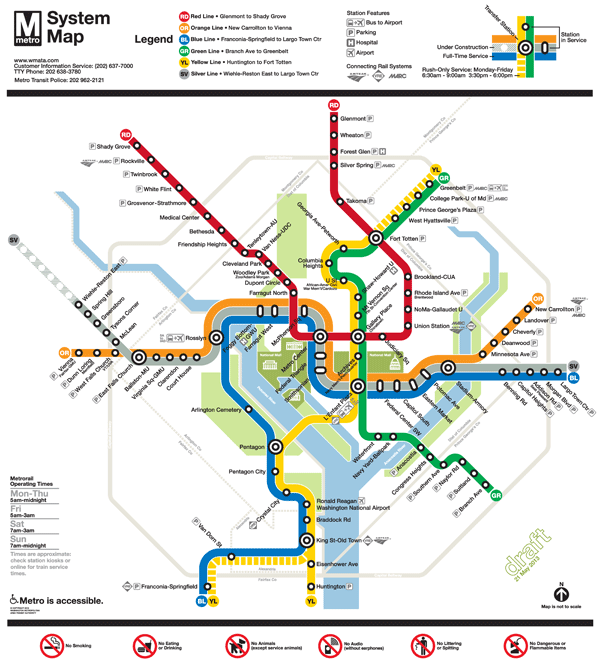

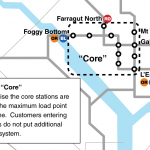
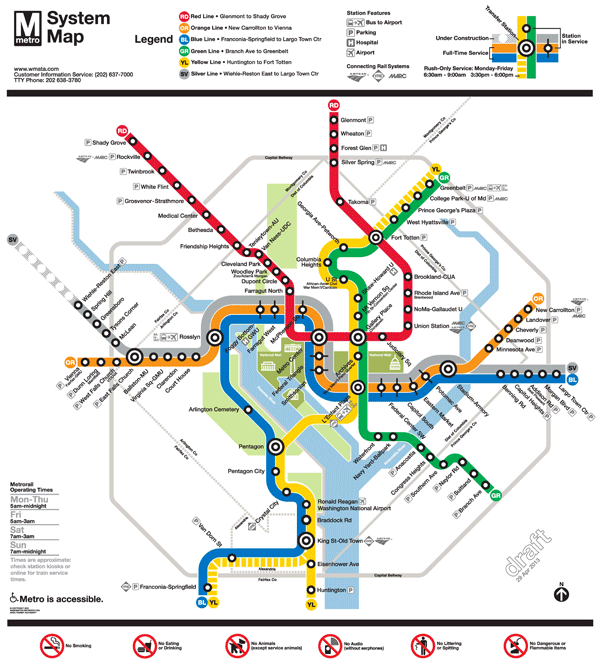
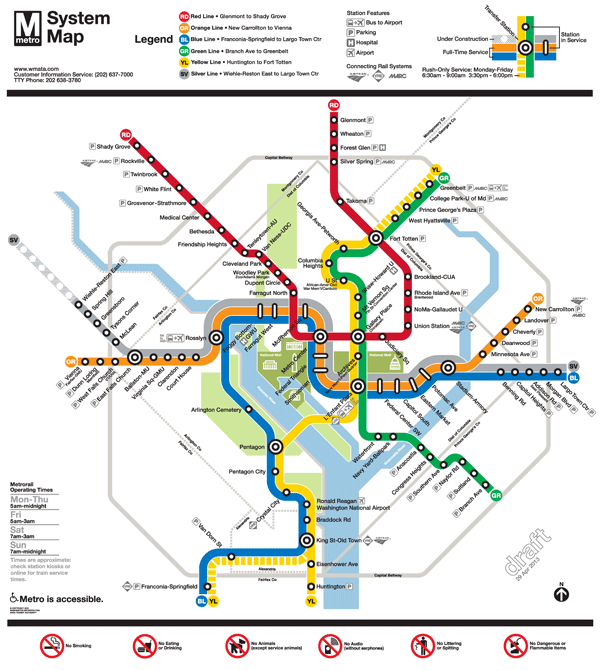

Recent Comments